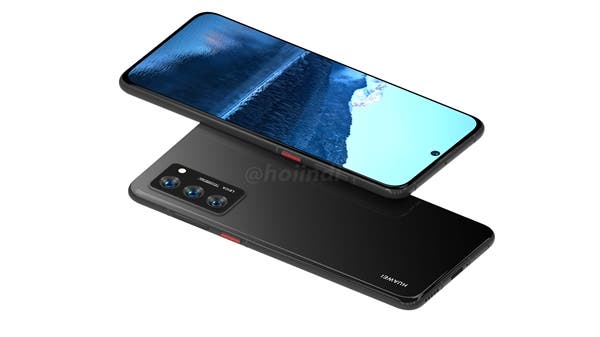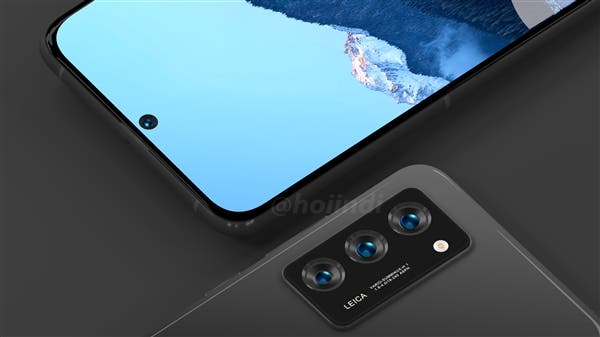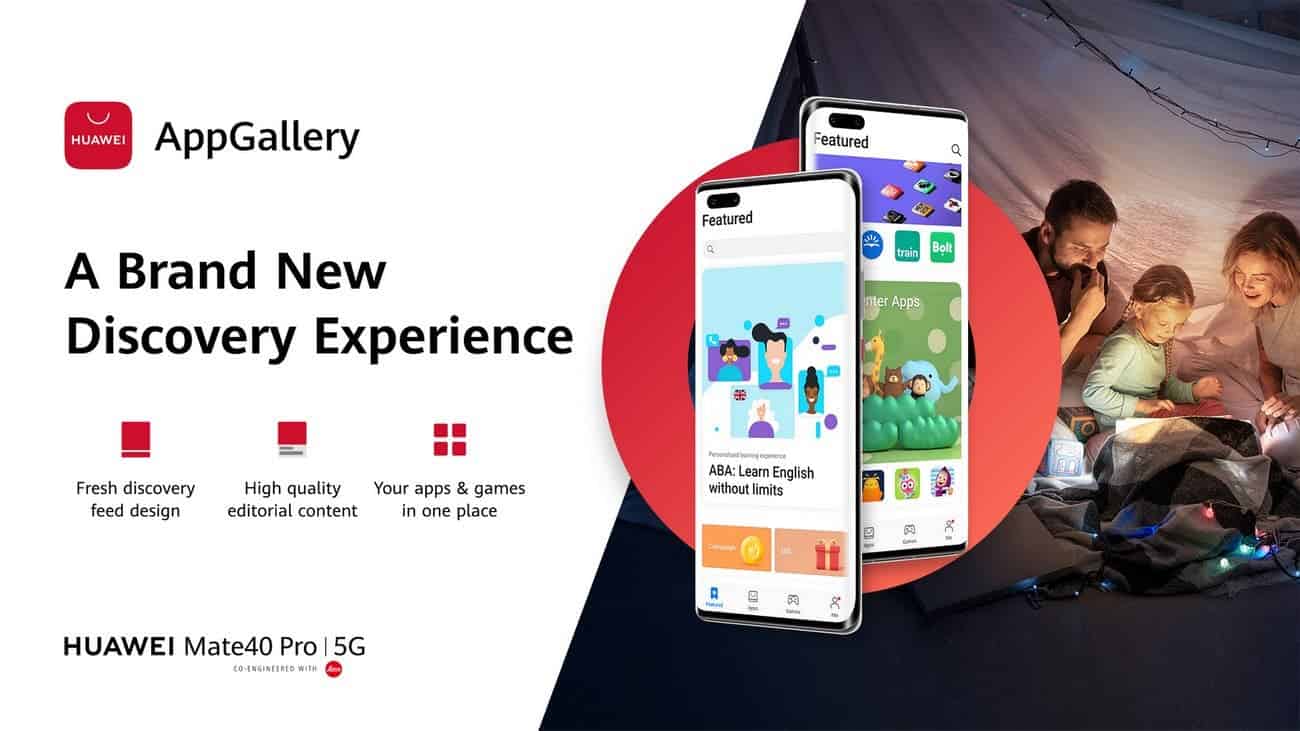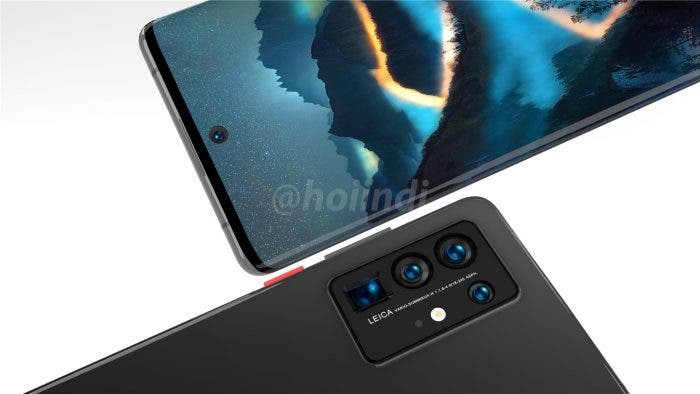As it became known, the presentation of the new Huawei P50 line of flagship smartphones will take place in the second half of next month, or rather, on April 17, 2021.
Also, sources from the supply chain have confirmed that the supply of Huawei P50 will be limited. We do not know the exact reason, but it is understandable as well. Huawei has very few flagship HiSilicon Kirin 9000 SoCs, and the company has not received new SoCs since last year.

At the moment, the Huawei P50 series is already ready for mass production; it will include the Huawei P50, Huawei P50 Pro and Huawei P50 Pro + models. The basic version will be equipped with the Kirin 9000E mobile platform; and the bigger versions will be equipped with the Kirin 9000. In addition, the small version will have a 6.1-inch display, while the Huawei P50 Pro and Huawei P50 Pro + will receive a 6.6-inch and 6.8 -inch panel, respectively. Of course, the top cameras should be the main advantages of the P50 Pro and P50 Pro + smartphones.
The global version of the P50 should arrive with EMUI 11.1; while the Chinese version will receive HarmonyOS. The smartphone will arrive without Google services; instead of them, users will get Huawei Mobile Services and the AppGallery store.

Huawei AppGallery has over 530 million active users
Richard Yu, CEO of Consumer Business at Huawei, said that AppGallery now has more than 530 million monthly active users, with an annual growth rate of 83%.
At the end of 2020, the AppGallery app store had 384 billion downloads. He also added that 2.3 million developers are developing mobile apps for AppGallery, up 77% from 2019.
Huawei Director of International Cooperation Zhang Zhe confirmed that the number of applications optimized for HMS Core has more than doubled in one year.
Huawei AppGallery is Huawei’s own app store, similar to the Google Play Store. The company is constantly working to improve the store’s ecosystem and introduce new features to improve the user experience.
AppGallery was initially available in the Chinese market and later introduced to users around the world.






